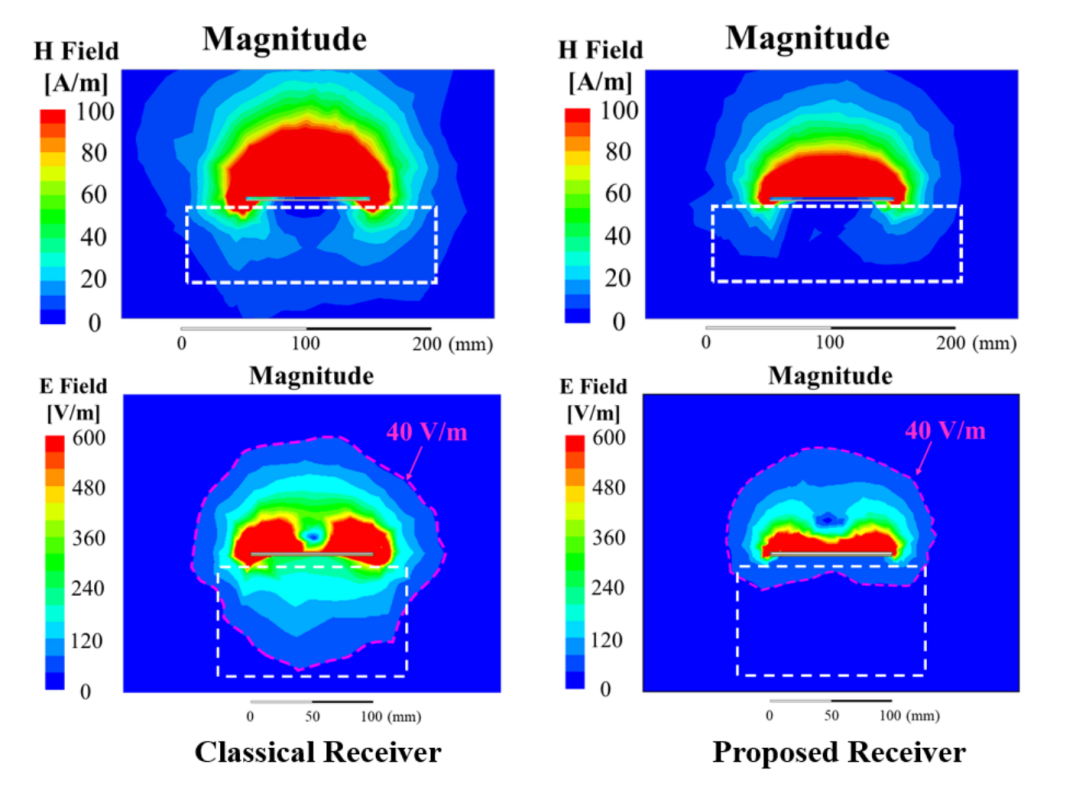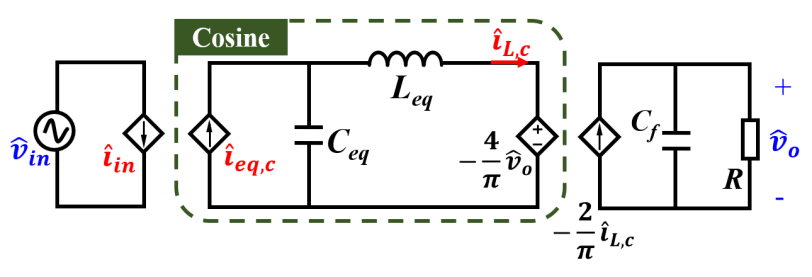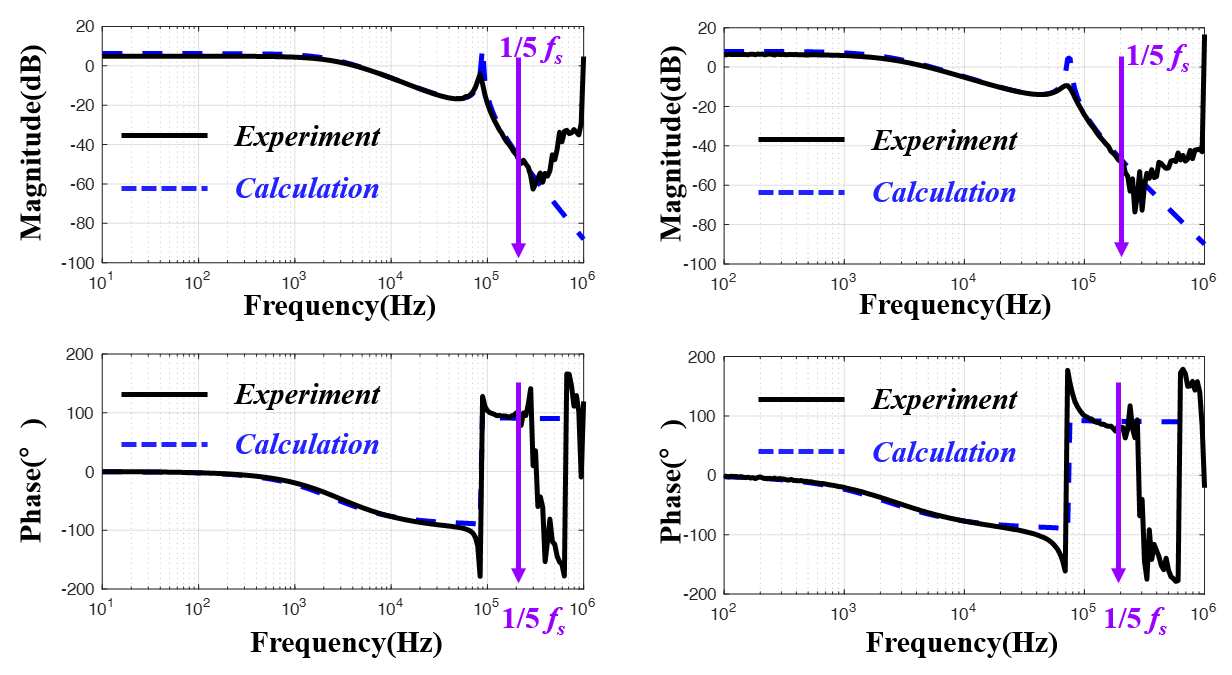The development and progress of wireless power transfer technology have promoted the application and popularization of diverse wireless charging scenarios. Recently, the research team led by Prof. Fu Minfan from the Center for Intelligent Power and Energy Systems (CiPES) at the School of Information Science and Technology (SIST) has made a series of advancements in the research of wireless charging systems. They have proposed a new type of integrated receiver with low radiation performance, as well as a low-order small-signal model with clear physical meaning respectively. These achievements have been published online in IEEE Transactions on Power Electronics, which is prestigious and top-tier journal in power electronics.
Ⅰ. Low-Radiation Integrated Receiver
Inductive power transfer can achieve physical isolation during the energy transmission process, making device charging safer and more convenient. In practical systems, receivers usually pay more attention to the size of the coils and the strength of radiation compared to transmitters. Therefore, exploring low-radiation integrated receivers has higher practical value. Existing integrated solutions mainly focus on the integration of coils and compensation capacitors, resulting in complex receiver structures, high processing difficulties, and a lack of consideration for electromagnetic field radiation. Researchers proposed a new integrated solution compatible with classic receiver coil structures, which can significantly reduce electric field radiation and effectively adapt to high-voltage low-current application scenarios.
The research was published as journal paper titled 'A Simple Integrated and Low-Radiation Receiver for Inductive Power Transfer'. Yin Yiming, master student of SIST, is the first author, and Professor Fu Minfan is the corresponding author.
Paper link: https://ieeexplore.ieee.org/document/10136807

Fig. 1 Physical structure and field distribution of the new receiver

Fig. 2 Simulation comparison of magnetic and electric field distribution
Ⅱ. Simplified Small-Signal Model for Capacitive Power Transfer
Capacitive power transfer, as a non-contact power transmission technology, is an effective approach for achieving efficient wireless charging. When applied in fields such as railways, electric vehicles, drones, and motors, disturbances in complex environments would have certain impacts on the system. In order to evaluate the stability of the system when facing disturbances, it is necessary to establish a small-signal model for the system. The extended describing function method is effective to model the system, but the model complexity makes it extremely difficult to conduct qualitative analysis. To address this problem, researchers proposed a series of model transformations and approximations based on the extended describing function method, effectively reducing the circuit order of the resonant tank. By combining the models of the inverter and rectifier, the small-signal model of the entire system is reduced to third-order, with clear physical meanings for the model parameters. Experimental results in both time domain and frequency domain have verified the accuracy of the model.
The research was published as journal paper titled 'A Simplified Three-order Small-signal Model for Capacitive Power Transfer System Using Series Compensation'. Qi Chaoqun, master student of SIST, is the first author, and Professor Fu Minfan is the corresponding author.
Paper link: https://ieeexplore.ieee.org/document/10039718

Fig.3 Small-signal model of capacitive power transfer system

Fig.4 Bode plots of experiment and model




 沪公网安备 31011502006855号
沪公网安备 31011502006855号


